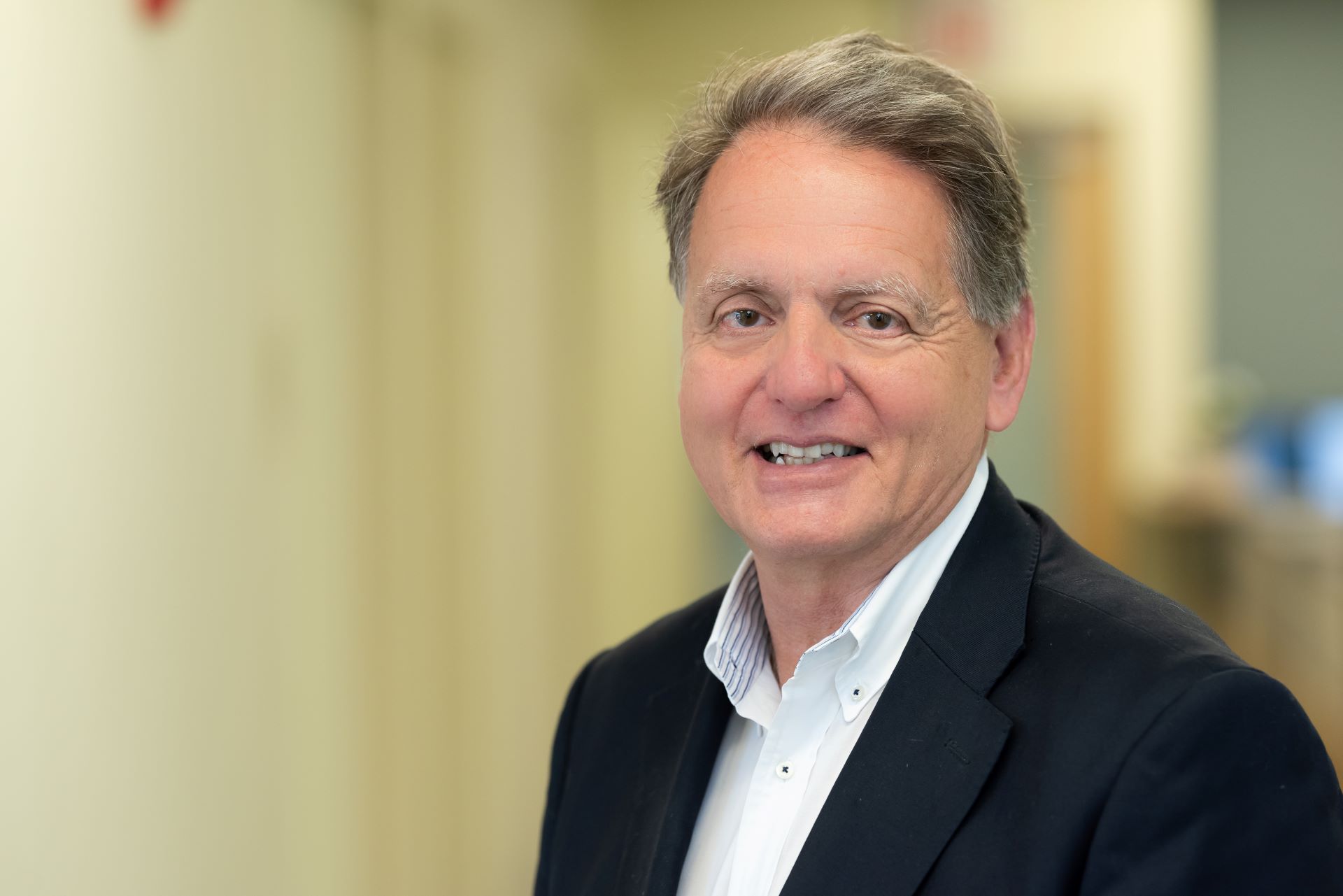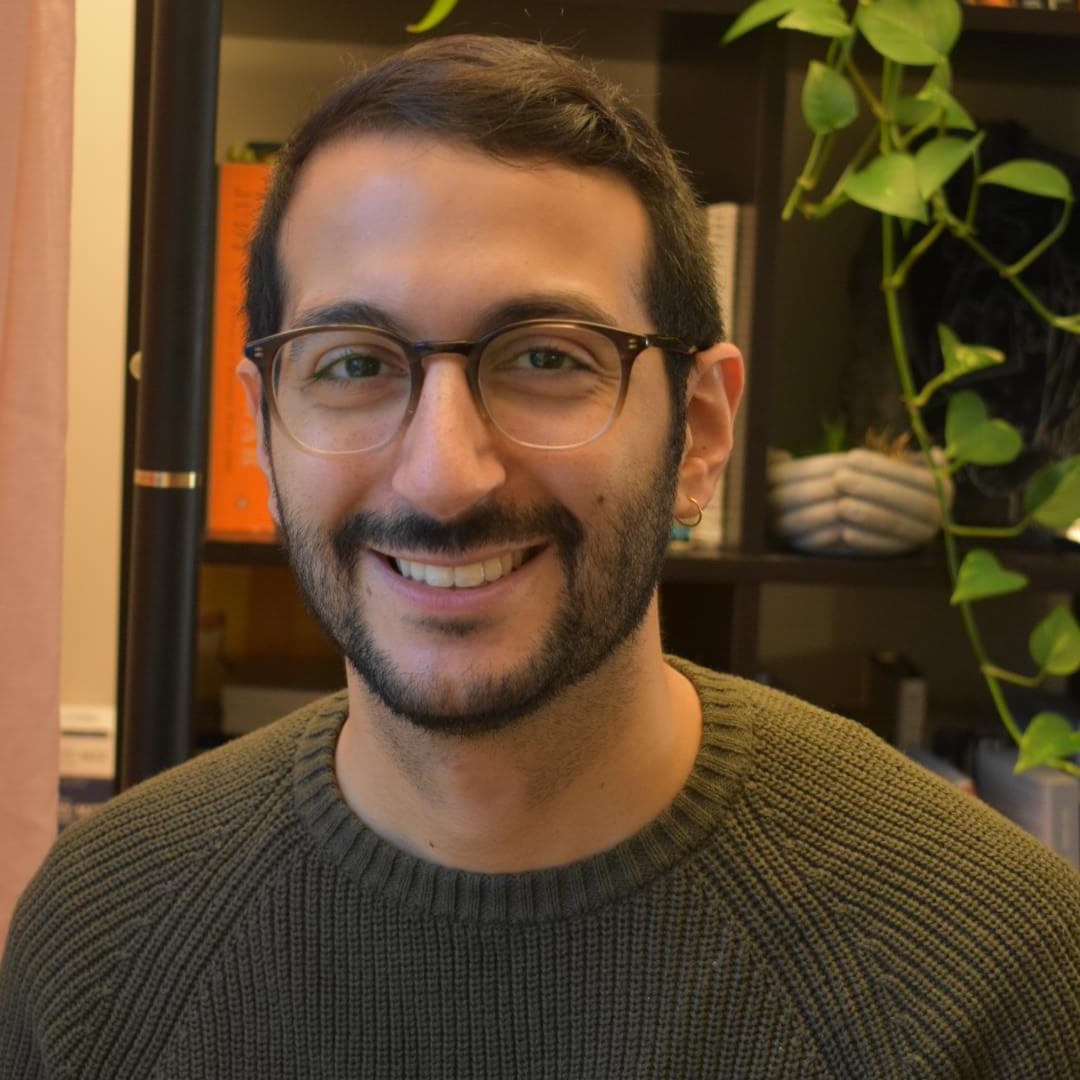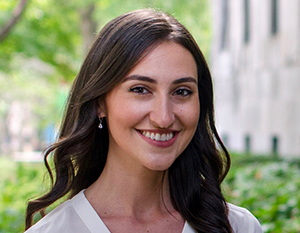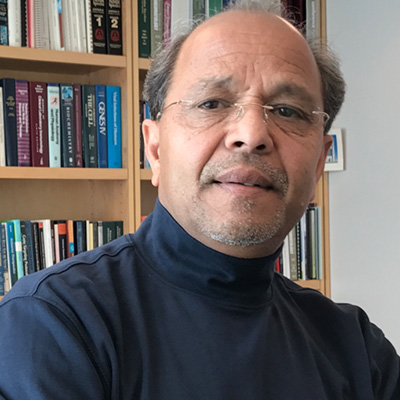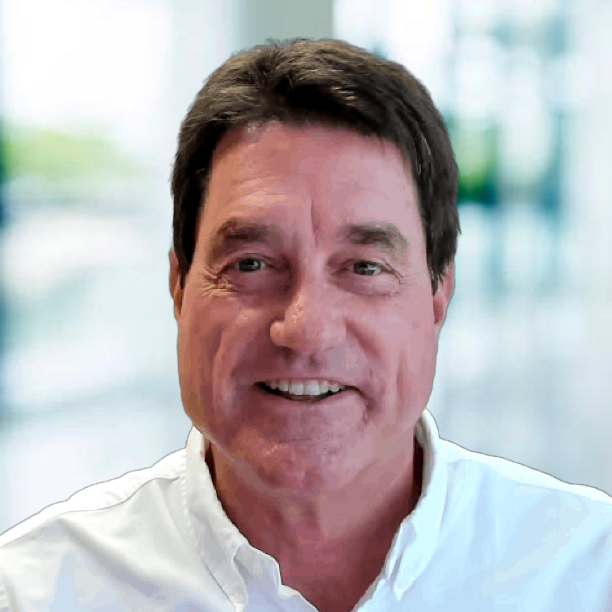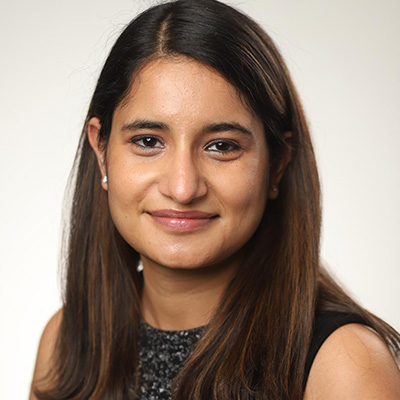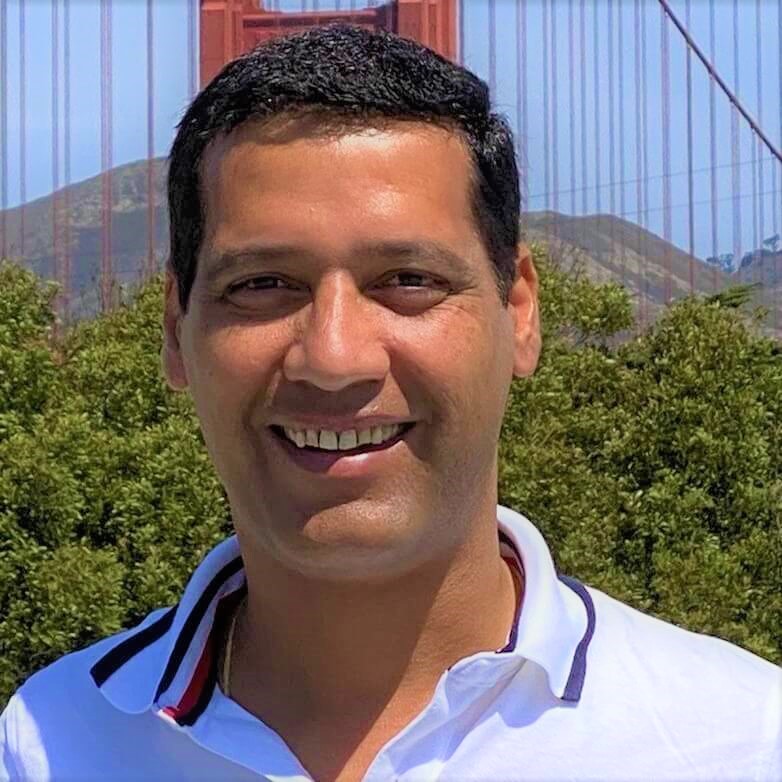
Looking for something?

Pawan Kumar, PhD
Principal Scientist, Takeda Pharmaceuticals
How did you become interested in the field of oligonucleotides?
I was first exposed to the field of therapeutic oligonucleotides as an exchange PhD student in the Hrdlicka’s lab at the University of Idaho, where I developed modified nucleotides to generate short oligonucleotides with very high binding affinity for target RNA. I was fascinated by tremendous therapeutic potential antisense oligonucleotides offered for rare conditions that were previously thought untreatable. My goal is to make a significant contribution towards delivering therapeutic oligonucleotides to extra hepatic tissues.
Who were your early mentors?
I have been fortunate to have excellent mentorship throughout my career. Dr. Pawan K. Sharma and Dr. Patrick J Hrdlicka were my mentors during graduate school. My stay in Hrdlicka’s lab was my first exposure to both the field of oligonucleotides and also a new cultural environment; I couldn’t ask for a better mentor! Poul Nielsen, Ulf Diederichsen, and Tom Brown molded me into a successful researcher. They were very kind and gave me tremendous support. I developed critical thinking and learned to solve complex problems. My first exposure to the biotech industry was at Alnylam Pharmaceuticals, where I was fortunate to work with Muthiah Manoharan (Mano). Mano is an inspiration and his passion for research is contagious. In my current role at Takeda, I’m working with Naim Nazef who is giving me every opportunity to be successful. I developed an understanding of the drug discovery process and worked in cross-functional teams. I’m exposed to every aspect of developing antisense oligonucleotides (ASOs and siRNAs) into drugs.
How did you become involved in OTS?
I have a passion for discovering and building oligonucleotide-based platforms with the goal of developing novel therapeutics to treat human diseases with little or no available effective treatment options. OTS presents an ideal platform and network to exchange ideas and to learn from other similarly minded scientists with an equal passion for oligonucleotide research.
Why do you continue to support the society?
OTS is an excellent blend of basic and applied research. You are exposed to cutting edge academic research providing an opportunity to evaluate how new discoveries could be applied to the development of new oligonucleotide-based medicines.
What is special about the type of research/work you have done?
My research has been focused on the development of new modified nucleotide monomers with the aim of improving the potency and physiochemical properties of antisense and siRNA oligonucleotides. I am particularly proud of our work developing of a new modification that can block the entry of the passenger strand into RISC. By preventing loading of an unintended passenger strand, the likelihood of knocking down the wrong protein is significantly reduced. This new design showed improvement in RNAi activity with a reduced risk of toxicity when tested in mice. I played a key role in the development of slide-seq technology which offers excellent views of the cellular structure of the tissues and has improved our understanding of tissues at cellular level.
What do you like to do in your free time?
Exploring new places excites me. I enjoy watching cricket, hiking, and reading history books.
Other Fun facts/tidbits
I wish to travel 100 countries and co-author 100 research articles. Currently, I’m at 9 and 59, respectively.


